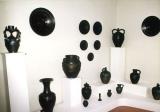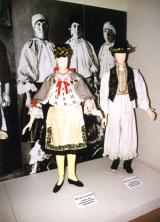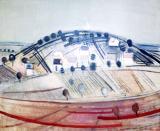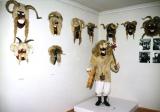2024. April 20. Saturday
Kossuth Cinema Gallery - Mohács
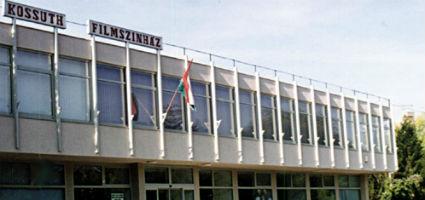 |
Address: 7700, Mohács Deák tér 3.
Phone number: (69) 311-031, (69) 510-477
E-mail: mohacsmozi@gmail.com
Opening hours: Mon-Sat 10-16
|
The Kossuth Cinema Gallery of Mohács welcomes visitors to its exhibition of the ethnography and history of the settlement.
Visitors can look at the traditonal costume of the town, and they will get to know more about the legend around the chasing out of the Turks. The works of renowned popular artists will lead us into the world of the conventional black ceramics of Mohács. The collection also contains fine arts items such as oil paintings, graphics and the works of the painter of Mohács - Mihály Kolbe.
Organizers of the exhibition are: Rózsa Begovácz ethnographer and leader of the Ethnography Department of the Baranya County; Mrs. Lantosné dr. Mária Imre ethnographer and museologist, worker of the Baranya County Museum; Péter Köveskuti, assistant director of the Bartók Béla Cultural Center.
Visitors can look at the traditonal costume of the town, and they will get to know more about the legend around the chasing out of the Turks. The works of renowned popular artists will lead us into the world of the conventional black ceramics of Mohács. The collection also contains fine arts items such as oil paintings, graphics and the works of the painter of Mohács - Mihály Kolbe.
Organizers of the exhibition are: Rózsa Begovácz ethnographer and leader of the Ethnography Department of the Baranya County; Mrs. Lantosné dr. Mária Imre ethnographer and museologist, worker of the Baranya County Museum; Péter Köveskuti, assistant director of the Bartók Béla Cultural Center.
